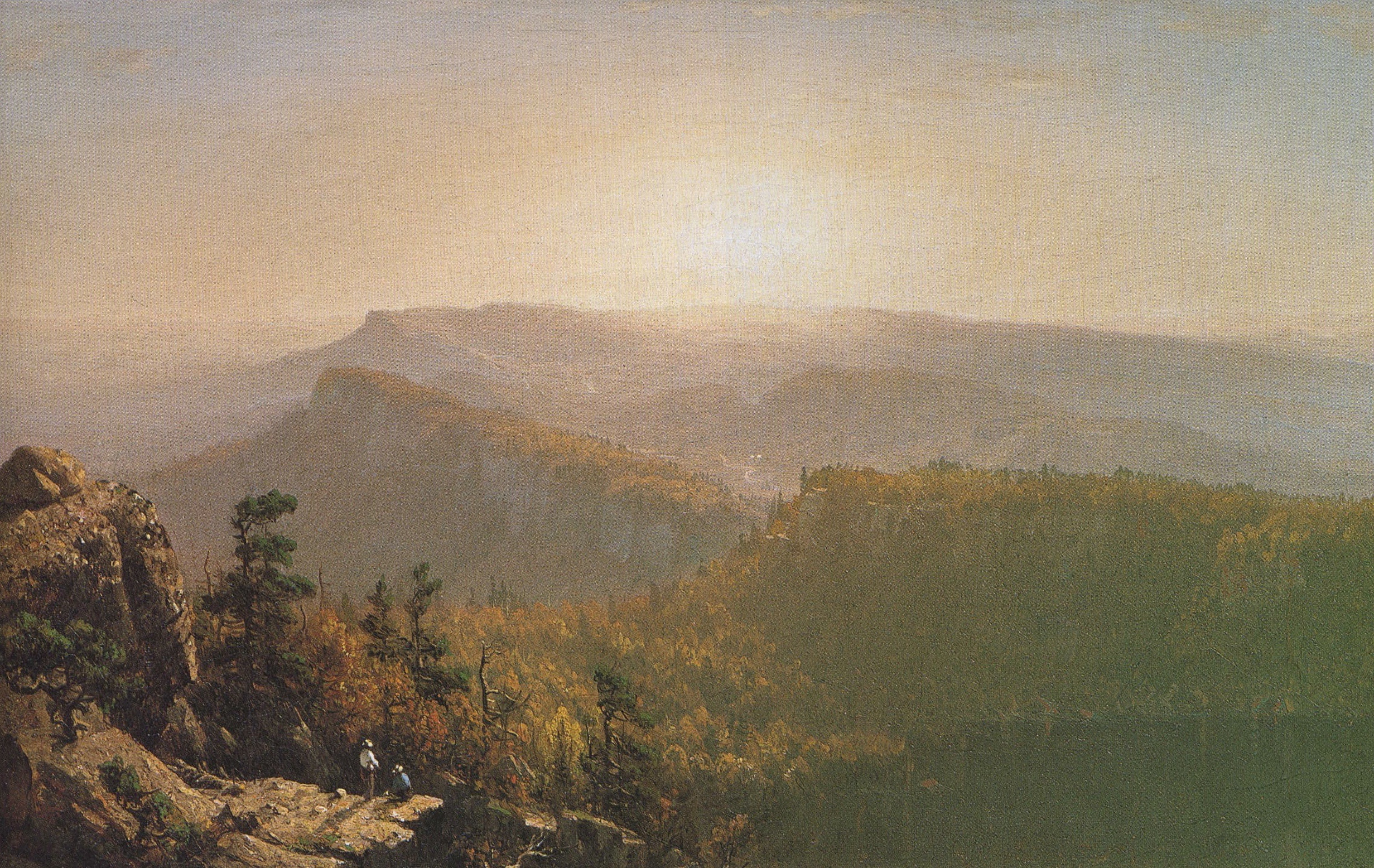
CRAGSMOOR

CONSULTANTS
Cragsmoor
Consultants was founded by Wendy Harris and Arnold Pickman in 2001 to
conduct archaeological and historical research in Ulster County and
the Hudson Valley, as well as the New York City area.
"SLAVERY" VIDEO
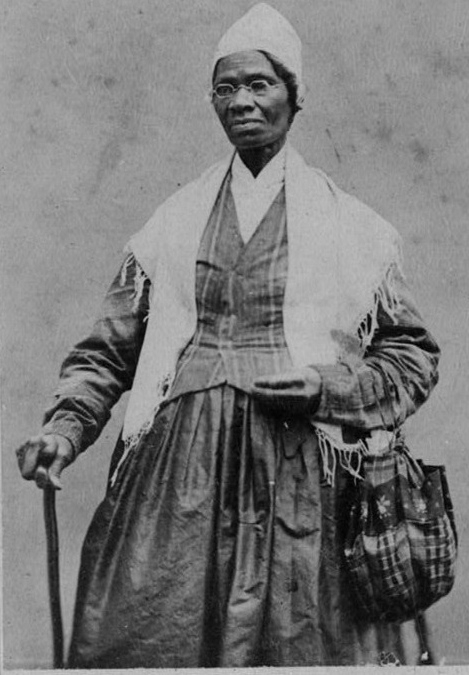 Most recently we
have collaborated with the Cragsmoor Historical Society to create the
documentary video Where
Slavery Died Hard: The Forgotten History of Ulster County and the
Shawangunk Mountain Region. Two years in the making, the
video delves deeply into the hidden history of southern Ulster
County’s rural hinterlands, documenting the experiences of both
enslaved and enslavers as well as the present-day landscape that still
holds visual evidence of their lives and labors. The information
presented draws upon primary documents, archaeological fieldwork,
surveys of local historic architecture, as well as the insights of
contemporary scholars and researchers. The video has received the
Greater Hudson Heritage Network’s 2018 Award for Excellence and the
Museum Association of New York’s 2019 Award of Merit for Innovation in
Collection Access. It has won both the Greater Hudson Heritage Network
Award for Excellence and the Museum Association of New York Award for
Merit for Innovation in Collection Access. The
video and an accompanying bibliography are available on the
Society's Website and Can be Viewed by Clicking This Link.
Most recently we
have collaborated with the Cragsmoor Historical Society to create the
documentary video Where
Slavery Died Hard: The Forgotten History of Ulster County and the
Shawangunk Mountain Region. Two years in the making, the
video delves deeply into the hidden history of southern Ulster
County’s rural hinterlands, documenting the experiences of both
enslaved and enslavers as well as the present-day landscape that still
holds visual evidence of their lives and labors. The information
presented draws upon primary documents, archaeological fieldwork,
surveys of local historic architecture, as well as the insights of
contemporary scholars and researchers. The video has received the
Greater Hudson Heritage Network’s 2018 Award for Excellence and the
Museum Association of New York’s 2019 Award of Merit for Innovation in
Collection Access. It has won both the Greater Hudson Heritage Network
Award for Excellence and the Museum Association of New York Award for
Merit for Innovation in Collection Access. The
video and an accompanying bibliography are available on the
Society's Website and Can be Viewed by Clicking This Link.
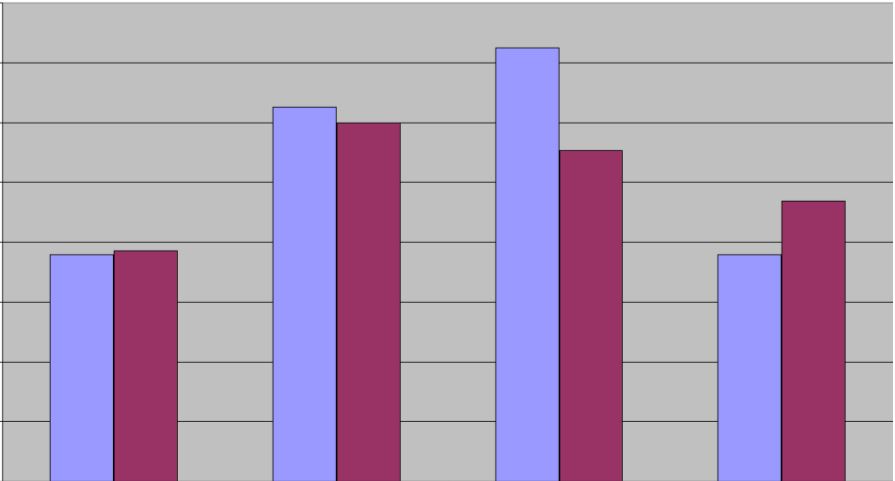 In
the course of researching the material on which the Video is based, we
prepared a statisical summary of slavery in Ulster County and the
Towns of Shawangunk and Rochester. The data is presented in a paper that can be viewed HERE.
In
the course of researching the material on which the Video is based, we
prepared a statisical summary of slavery in Ulster County and the
Towns of Shawangunk and Rochester. The data is presented in a paper that can be viewed HERE.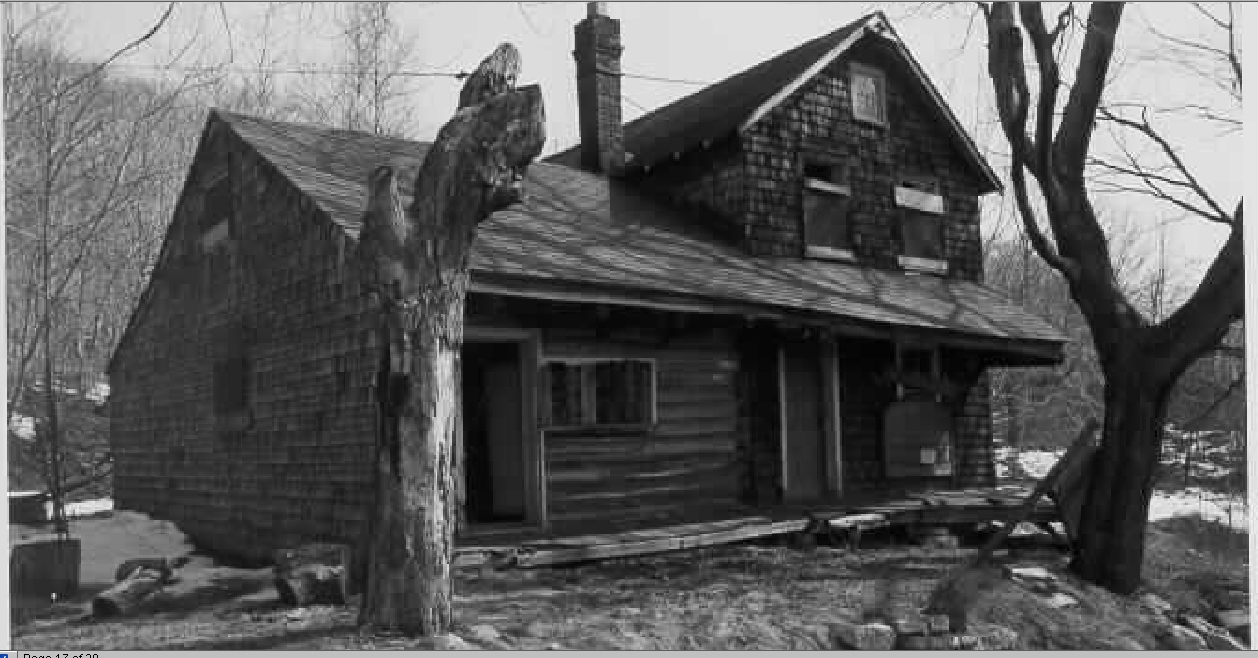 The video and the
presentation on which it was based grew out of research that we did on
the early history of Cragsmoor, New York. Cragsmoor is more widely
known as the site of a late nineteenth and early-twentieth century
arts colony whose members included the genre painter Edward Lamson
Henry as well as such noted American Impressionists as Helen Turner,
Charles Courtney Curran and George Innes, Jr. Our research resulted in a series of
articles for the Cragsmoor Historical Journal that explored the
previously unknown origins of Cragsmoor in the late eighteenth and
early-nineteenth centuries and a number of the farming families that
settled here at that time. You can view the articles by clicking on the
following Links.
The video and the
presentation on which it was based grew out of research that we did on
the early history of Cragsmoor, New York. Cragsmoor is more widely
known as the site of a late nineteenth and early-twentieth century
arts colony whose members included the genre painter Edward Lamson
Henry as well as such noted American Impressionists as Helen Turner,
Charles Courtney Curran and George Innes, Jr. Our research resulted in a series of
articles for the Cragsmoor Historical Journal that explored the
previously unknown origins of Cragsmoor in the late eighteenth and
early-nineteenth centuries and a number of the farming families that
settled here at that time. You can view the articles by clicking on the
following Links.2. Early Cragsmoor: The Mentz and Terwilliger Families
3. Early Cragsmoor: The Goldsmith and Coddington Families
4. Early Cragsmoor: The Stephen Evans and James Walker Families,
5. Additional List of Sources for Third and Fourth Articles
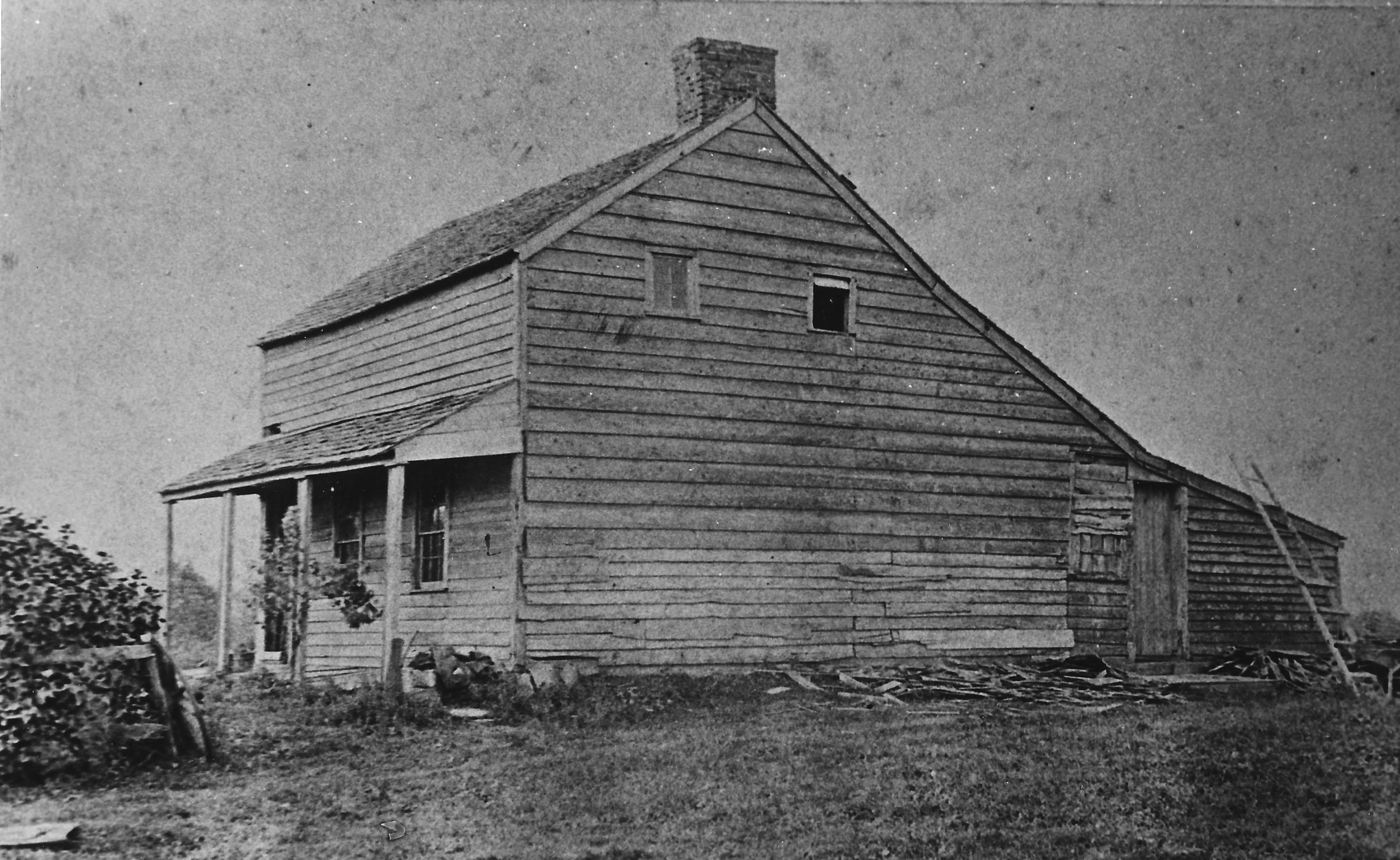 We also
have conducted a number of archaeological investigations in
Cragsmoor, including the site of the home of Peter Brown, one of the
mid-nineteenth- century settlers who became a
favorite subject of the
American
genre painter Edward Lamson Henry. Brown's farmhouse was
subsequently occupied by members of the famed Cragsmoor Arts Colony,
including one of its founders, Frederick Dellenbaugh. A
document-based study of the house's history and an archaeological
excavation were sponsored by the Cragsmoor Conservancy. A summary of
our report on the history and the excavations can be viewed HERE. An illustrated monograph based on the
report has been published by the Cragsmoor Conservancy. It is
entitled The Peter P. Brown
House Site, Cragsmoor, New York, Historical and Archaeological
Findings. In addition to the archaeological findings, the
monograph also contains newly discovered information on the history
of Cragsmoor and its arts colony. It can
be purchased through the Conservancy's website by clicking here. All
proceeds from its sale go to the Cragsmoor Conservancy.
We also
have conducted a number of archaeological investigations in
Cragsmoor, including the site of the home of Peter Brown, one of the
mid-nineteenth- century settlers who became a
favorite subject of the
American
genre painter Edward Lamson Henry. Brown's farmhouse was
subsequently occupied by members of the famed Cragsmoor Arts Colony,
including one of its founders, Frederick Dellenbaugh. A
document-based study of the house's history and an archaeological
excavation were sponsored by the Cragsmoor Conservancy. A summary of
our report on the history and the excavations can be viewed HERE. An illustrated monograph based on the
report has been published by the Cragsmoor Conservancy. It is
entitled The Peter P. Brown
House Site, Cragsmoor, New York, Historical and Archaeological
Findings. In addition to the archaeological findings, the
monograph also contains newly discovered information on the history
of Cragsmoor and its arts colony. It can
be purchased through the Conservancy's website by clicking here. All
proceeds from its sale go to the Cragsmoor Conservancy.
Wawarsing Stone House Survey
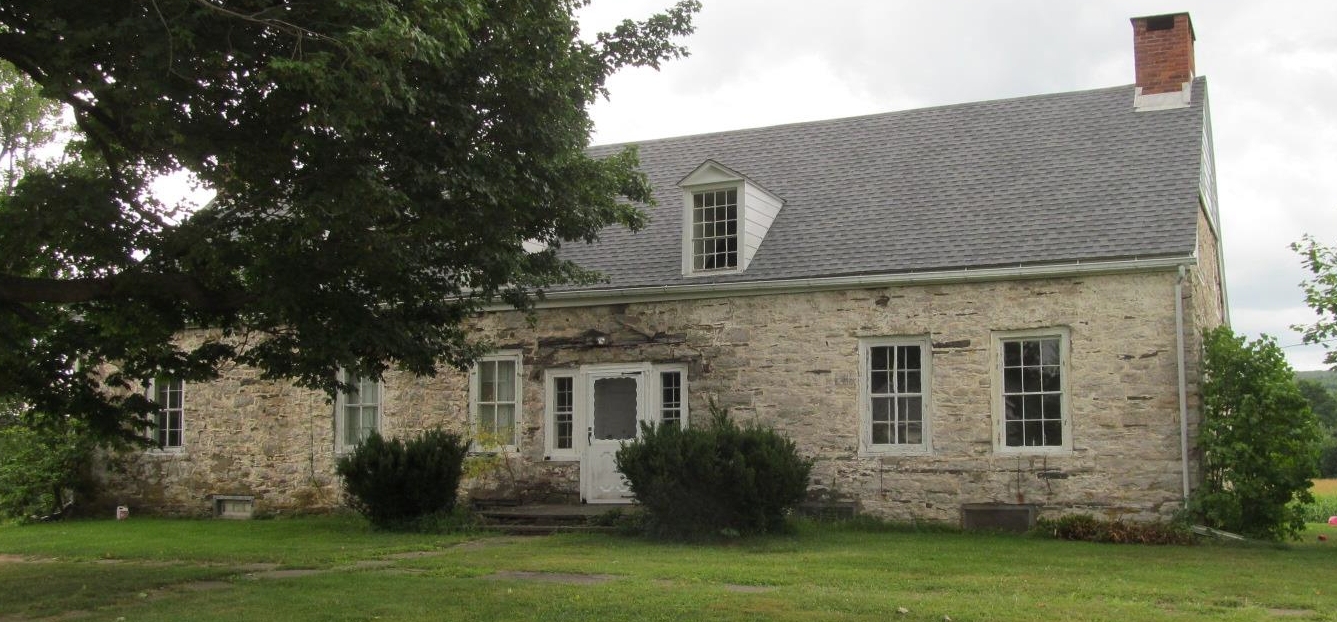 In
2015, at the request of the Town of
Wawarsing/Village of Ellenville Historic Preservation Commission
(HPC), we conducted
a survey of eighteenth and early nineteenth century stone houses
in the Town. Our
survey updated and expanded upon one completed in 1967. The report on the
results of our survey can be accessed by clicking HERE.
In
2015, at the request of the Town of
Wawarsing/Village of Ellenville Historic Preservation Commission
(HPC), we conducted
a survey of eighteenth and early nineteenth century stone houses
in the Town. Our
survey updated and expanded upon one completed in 1967. The report on the
results of our survey can be accessed by clicking HERE.
Hudson River Landscape and Iconography
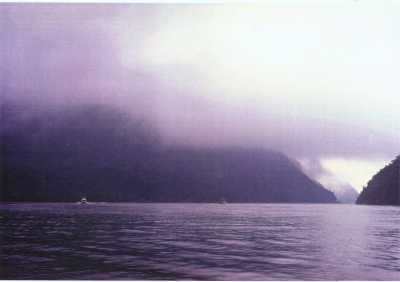 Some
of our earlier work focused on aspects of the nineteenth-century history
of the Hudson River. A paper exploring the Hudson River landscape
and its iconography, Landscape,
Landuse and the Iconography of Space in the Hudson River, was co-authored with Nan Rothschild and
presented to the New York Academy of Sciences in 1996. It can be viewed by
clicking HERE.
Some
of our earlier work focused on aspects of the nineteenth-century history
of the Hudson River. A paper exploring the Hudson River landscape
and its iconography, Landscape,
Landuse and the Iconography of Space in the Hudson River, was co-authored with Nan Rothschild and
presented to the New York Academy of Sciences in 1996. It can be viewed by
clicking HERE.
Hudson River Ice Harvesting
We have also published a several papers investigating the nineteenth and early twentieth century Hudson River Ice Harvesting Industry. Two of these can be viewed by clicking on the Links Below:
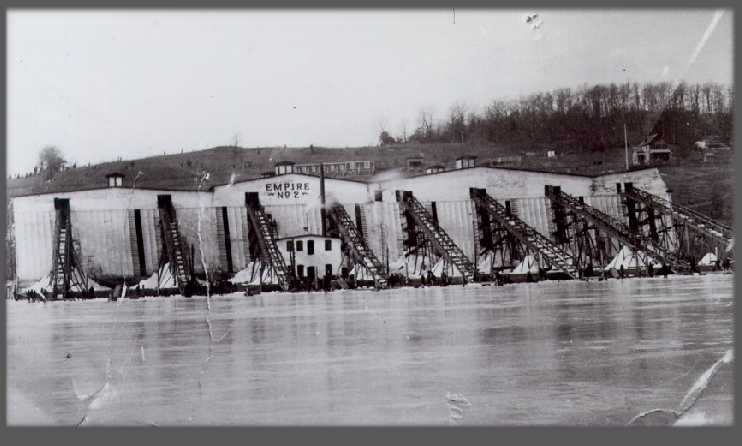 Our Article
"Towards an Archaeology of the Hudson River Ice Harvesting Industry"
was published in the Journal Northeast
Historical
Archaeology (Vol 29, 2000). It can be downloaded through the Journal's
website.
Our Article
"Towards an Archaeology of the Hudson River Ice Harvesting Industry"
was published in the Journal Northeast
Historical
Archaeology (Vol 29, 2000). It can be downloaded through the Journal's
website.
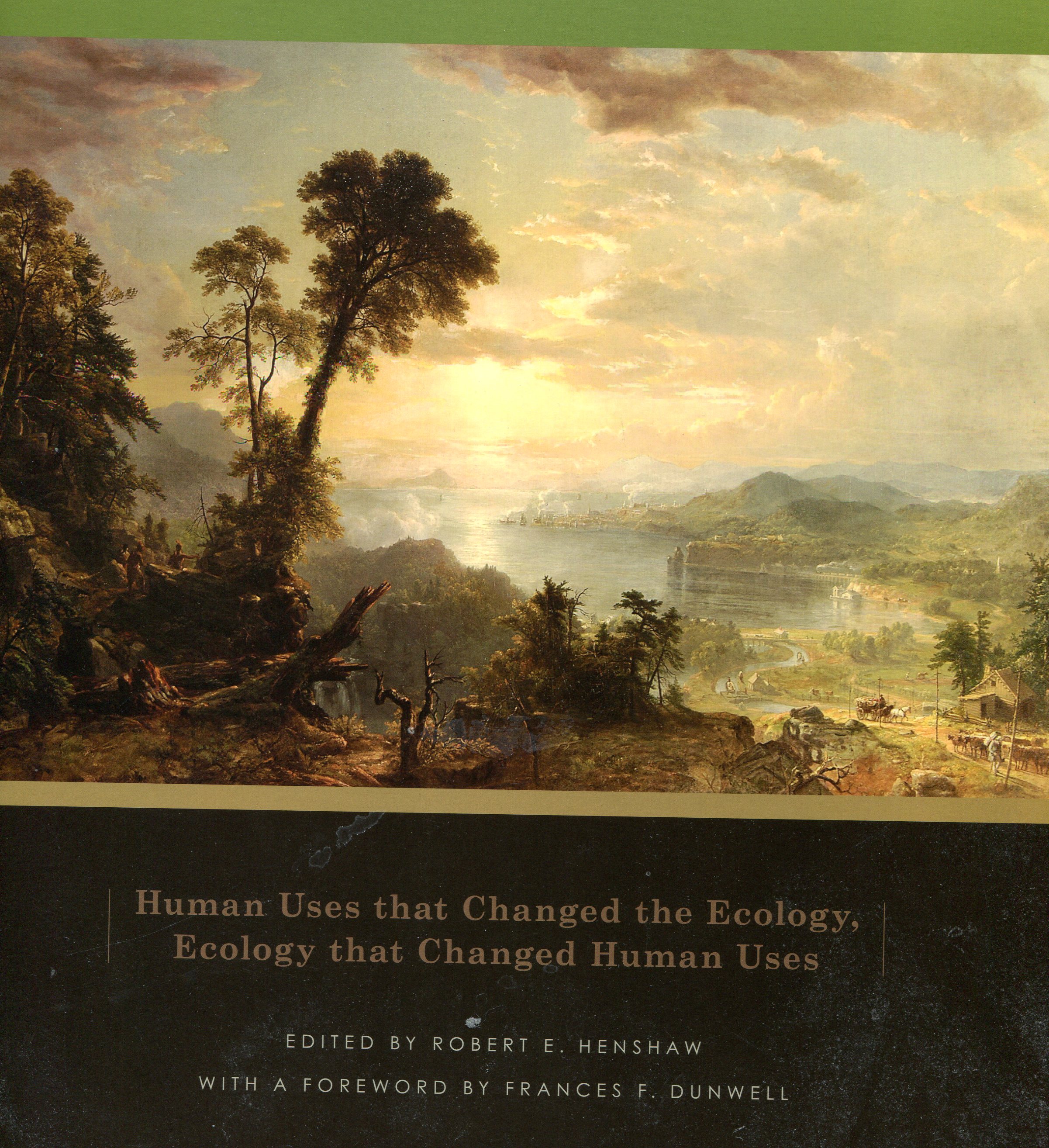 Another
paper, "The Rise and Demise of the Hudson River Ice Harvesting
Industry," focused on the need for ice in New York City, which led to
the development of the Hudson River ice harvesting industry, and on the
effect that this industry had on the cultures and economies of local
Hudson River communities and on the appearance and morphology of the
Hudson River shoreline. It appears as a separate chapter in the volume The Environmental History of the Hudson
River, edited by Robert E. Henshaw and published in 2011 by the
State University of New York Press. The paper
can be viewed by clicking here.
Another
paper, "The Rise and Demise of the Hudson River Ice Harvesting
Industry," focused on the need for ice in New York City, which led to
the development of the Hudson River ice harvesting industry, and on the
effect that this industry had on the cultures and economies of local
Hudson River communities and on the appearance and morphology of the
Hudson River shoreline. It appears as a separate chapter in the volume The Environmental History of the Hudson
River, edited by Robert E. Henshaw and published in 2011 by the
State University of New York Press. The paper
can be viewed by clicking here.
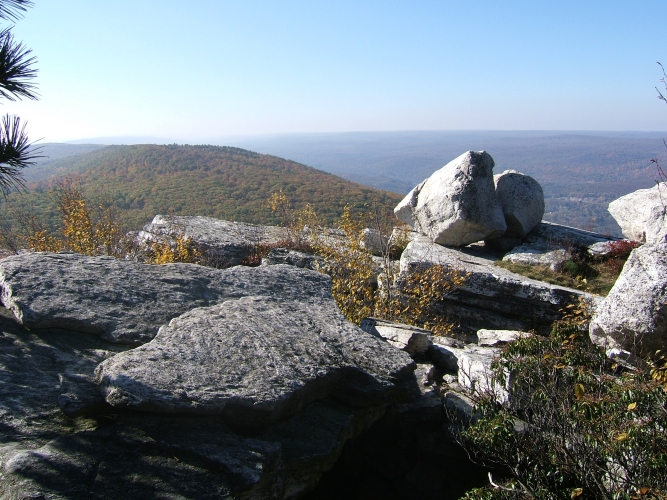 One of our papers, "The Story
of the Shawangunk Mountains Region," was prepared in connection with the creation of the Shawangunk Mountains Region Scenic Byway in 2005.
You
can view it by clicking HERE.
One of our papers, "The Story
of the Shawangunk Mountains Region," was prepared in connection with the creation of the Shawangunk Mountains Region Scenic Byway in 2005.
You
can view it by clicking HERE.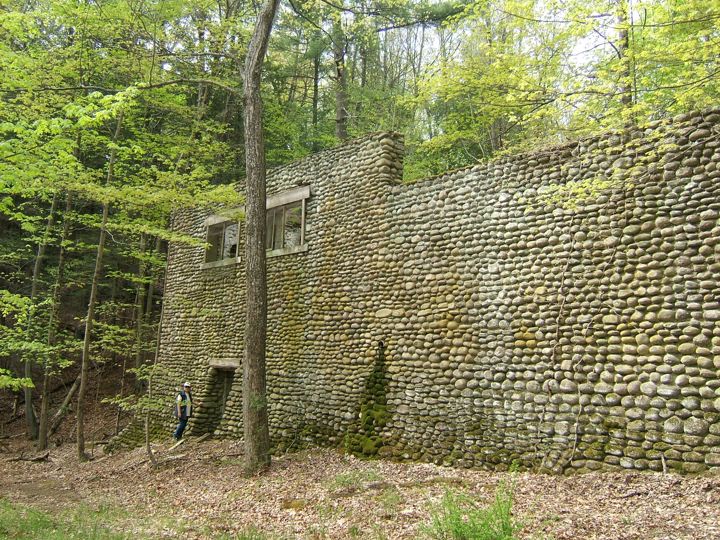 Yama Farms was
a
resort started in the early twentieth century in Napanoch, Town of
Wawarsing, about 10 miles northwest of Cragsmoor. It was host to many
prominent guests, including Thomas Edison, Henry Ford, John Burroughs
and John D. Rockefeller.The
Story of Yama Farms is detailed on the website that you can
access by clicking HERE, Copies
of the 2006 book Yama Farms: A Most Unusual Catskills
Resort by Harold Harris, Wendy E. Harris and Dianne Wiebe will
soon be available for purchase on the Cragsmoor Historical Society website. All
proceeds from its sale go to the Cragsmoor Historical Society.
Yama Farms was
a
resort started in the early twentieth century in Napanoch, Town of
Wawarsing, about 10 miles northwest of Cragsmoor. It was host to many
prominent guests, including Thomas Edison, Henry Ford, John Burroughs
and John D. Rockefeller.The
Story of Yama Farms is detailed on the website that you can
access by clicking HERE, Copies
of the 2006 book Yama Farms: A Most Unusual Catskills
Resort by Harold Harris, Wendy E. Harris and Dianne Wiebe will
soon be available for purchase on the Cragsmoor Historical Society website. All
proceeds from its sale go to the Cragsmoor Historical Society.